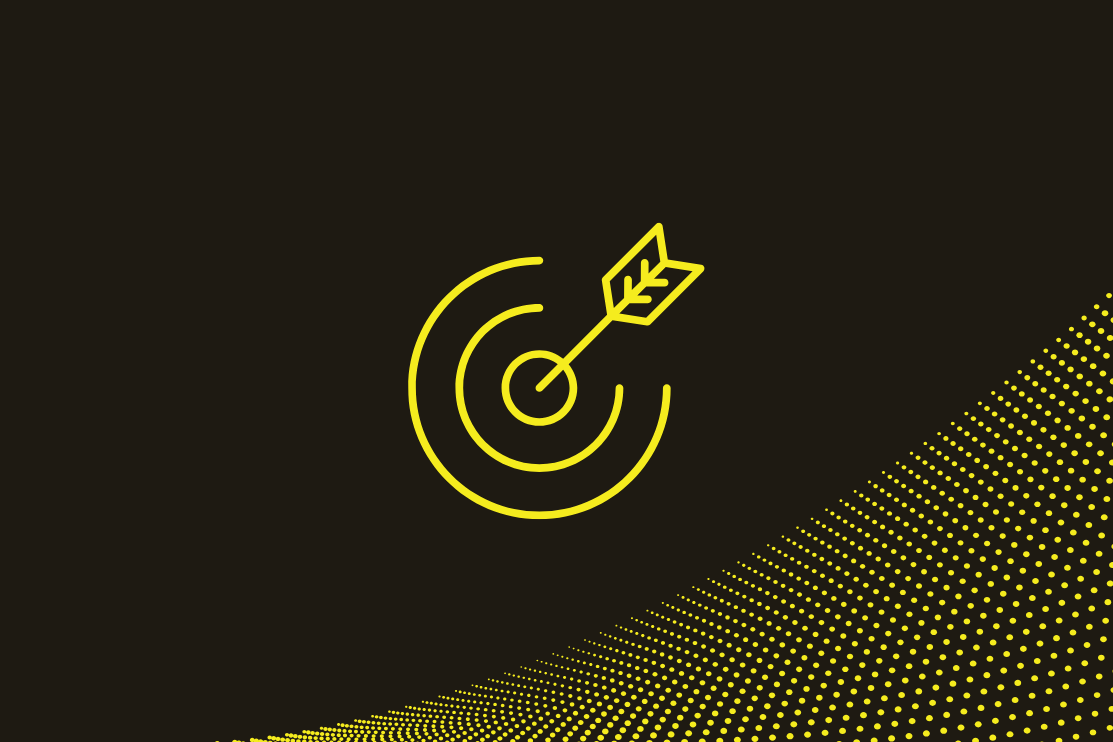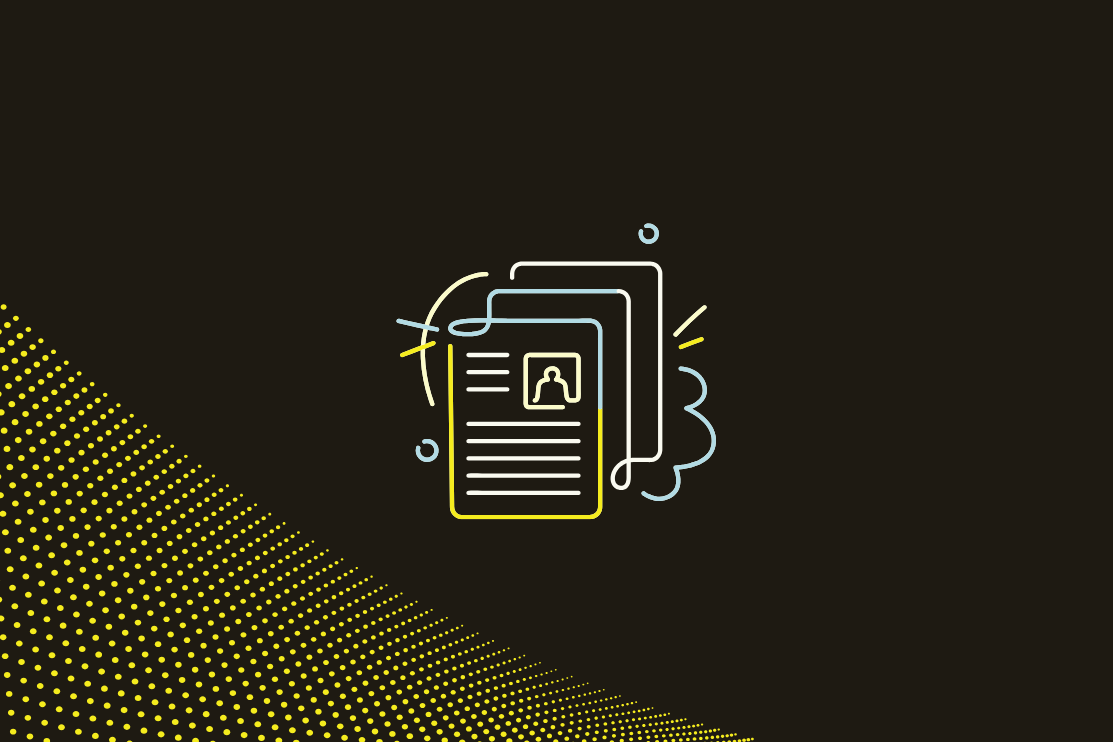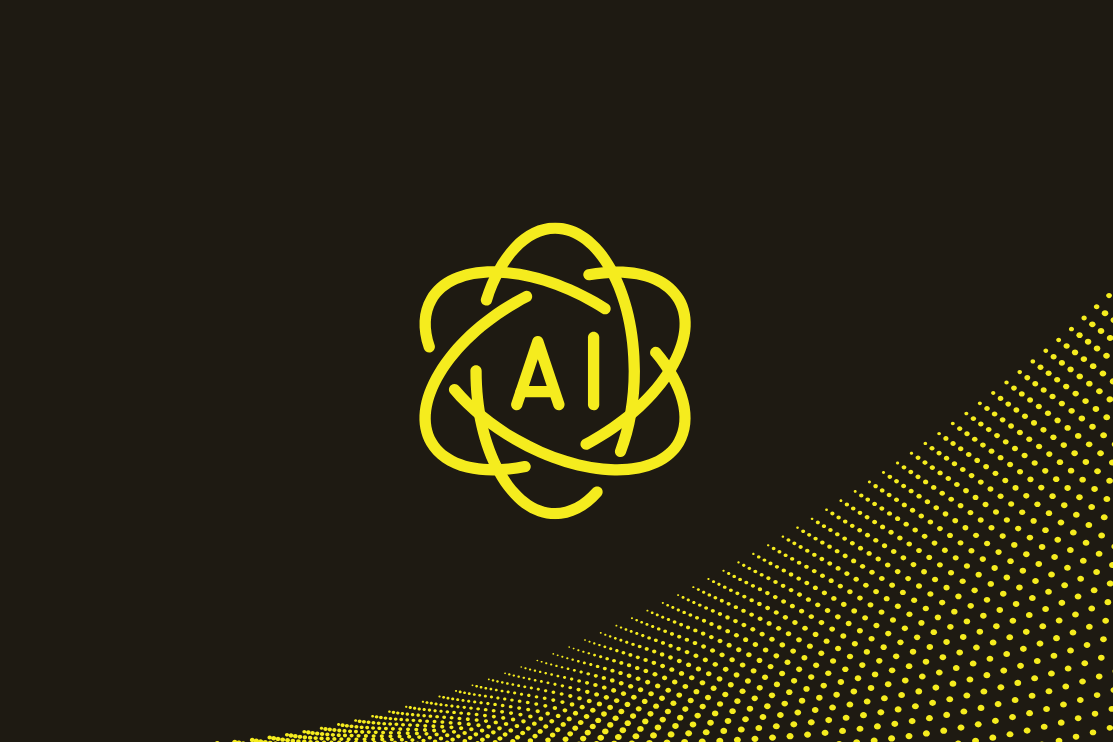Don't miss our breakout sessions!
Book time with our team on-site!
Our team is excited to meet you. Book a time that works best.


Anyone associated with college applications and admissions last school year knows deeply about the challenges and frustrations caused by the chaotic rollout of the new FAFSA form. Originally heralded as “streamlined” and “more user friendly,” last year’s FAFSA implementation was plagued with glitches and delays. The U.S. Secretary of Education, Miguel Cardona, has acknowledged the “challenging 2024-25 FAFSA cycle” and made both leadership and operations changes in order to ensure a smoother process this coming year.
In past years, FAFSA has always opened on October 1st. This date has signaled a critical point for counselors, students, and families to begin engaging in the financial aid process senior year. In order to prevent a repeat of last year, the U.S. Department of Education has recently announced that the 2025-2026 Free Application for Federal Student Aid (FAFSA) will open on December 1st, 2024 for all students and include a phased rollout. The intention of this approach is to allow for iterative fixes before the site opens to all students, and ultimately, create opportunities for students to maximize their financial aid opportunities.
Here is what we currently know about this year’s process:
Open Date and Phased Roll Out: Starting on October 1st, a limited set of students and institutions will begin testing the 2025-2026 FAFSA. During this initial phase, the Federal Student Aid Office will work to identify and correct system errors and glitches. Counselors can share with families via email and across social media that the 2025-2026 FAFSA will be ready in December. Sharing this information, rather than waiting for the form to be available, helps counselors to get ahead of any questions or issues. Information and forms that are outdated with dates from previous years should also be updated.
How to Receive Updates: Prior to December 1st, the Federal Student Aid Office will share updates with students, families, and other stakeholders. For the most up-to-date information, visit the Federal Student Aid Office’s website, read FAFSA Resources for school counselors from Federal Student Aid, and consider following Federal Student Aid on X. Counselors should stay up-to-date with any information or changes to the proposed timeline and consider scheduling student and family help sessions as roll-out begins. Giving thought to populations of students and families with historical barriers to FAFSA completion can help to broaden the reach of these help sessions.
What Can Students and Families Do Before December 1st: Prior to December 1st, students and parents can create their FSA ID, a requisite first step of FAFSA completion. To create an FSA ID, students, parents, and other contributors must initiate creating an FSA ID and then wait 1-3 days for verification. Counselors can send regular reminders to students and families about this critical step and share important tips. Of note, students will need to use an email address or phone number they have regular access to now and will continue to have access to after high school graduation. To that end, students should not use their district-issued email address as they will likely lose access upon graduation.
The importance of FAFSA to most students’ ability to attend college cannot be overstated. And counselors, more than anyone, understand the critical role it plays as a gatekeeper for nearly all kinds of student financial assistance. Because of that, it is crucial to help students and families work through the challenges and support them with information and reminders so they persist through this essential part of their college and career readiness journey.
Related Posts
See All
.png)



